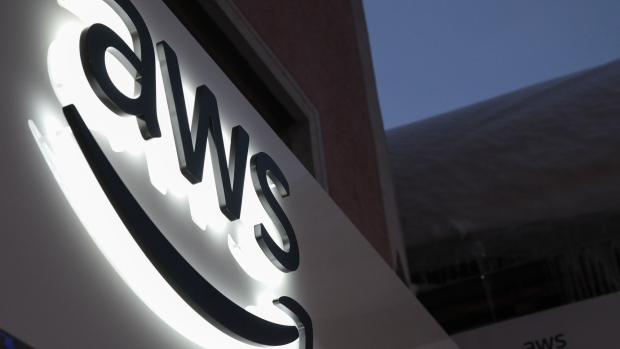Dec 3, 2019
Amazon aims at cloud rivals with smaller data centres, new chips
, Bloomberg News

Amazon.com Inc.’s cloud unit has unleashed a suite of offerings -- from chips to new types of data centres -- designed to push the company into more areas of computing and help it grab a bigger share of corporate technology budgets.
Amazon Web Services is ramping up competition with tech giants and web-savvy newcomers alike. The unit, whose rented software offerings pulled in US$32 billion in revenue during the most recent 12 months, has gone in a little more than a decade from mostly powering nimble startups to competing for deals with the biggest businesses and governments.
That scale was on display Tuesday in Las Vegas at AWS’s annual re:Invent conference, the company’s main venue for product announcements. AWS Chief Executive Officer Andy Jassy framed cloud computing as a generational shift, in which late movers risk getting left behind, an opportunity he took to poke fun at longtime rivals Oracle Corp., Microsoft Corp., and International Business Machines Corp.
But with big cloud-computing rivals like Microsoft and Alphabet Inc.’s Google spending billions in their efforts to compete with AWS, Jassy sought to differentiate his products by tackling one of the inherent weaknesses of the cloud: the lag between a customer making a request of a cloud service and receiving a reply from a sometimes-distant server farm.
A delay measured in hundreds of milliseconds could be unacceptable for tasks like manufacturing controls or video streaming. AWS on Tuesday formally released Outpost, a server rack containing some AWS services that Jassy previewed in Las Vegas a year ago. He also announced a new configuration of AWS server farms, called Local Zones, designed to cluster Outposts close to big customers, starting in the Los Angeles area. A separate product, called Wavelength and being piloted in the U.S. by Verizon Communications Inc., is designed to place AWS computing power at the core of 5G wireless service.
“It’s very expensive to launch these mega regions like we have,” Jassy said. Outpost, he said, provides a “flexible building block” for the company’s new Local Zones in areas where the company isn’t planning to build a gigantic data centre.
Amazon, which has long filled those data centres with highly customized hardware, continued its march into building the high-tech brains behind servers themselves, announcing a second-generation chip, called Graviton2, that will underpin some AWS services. That’s another shot across the bow of Intel, whose chips account for more than 90 per cent of the server chip market and handle most tasks at the biggest cloud providers.
AWS has spent the last several conferences unveiling a raft of machine-learning features designed to persuade customers to set up new applications that transcribe, analyze and recommend using Amazon’s cloud services rather than products from Microsoft and Google. The company has tried to leverage expertise from its retail operation to give it an edge and today announced a fraud-detection service that can help clients suss out fake e-commerce transactions.
Jassy also showed a raft of new programming tools intended to make it easier to build machine-learning algorithms, including one called AutoPilot that sets up 100 different versions of a formula and lets customers decide on crucial tradeoffs between things like accuracy and speed.







